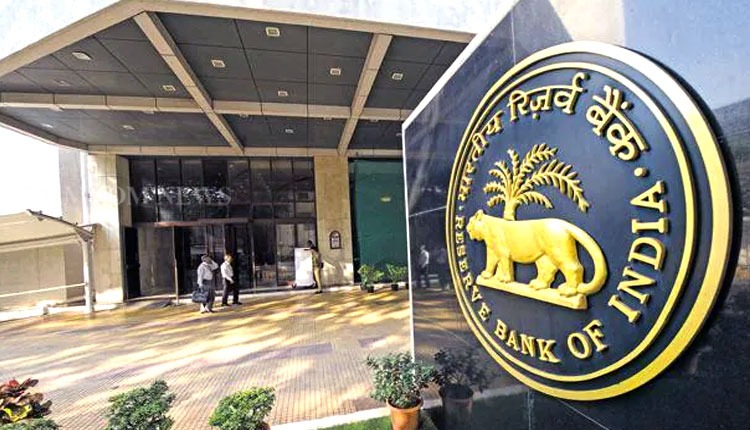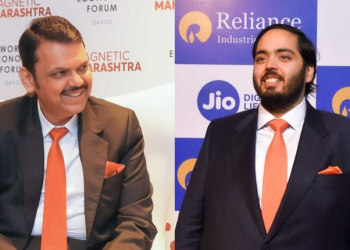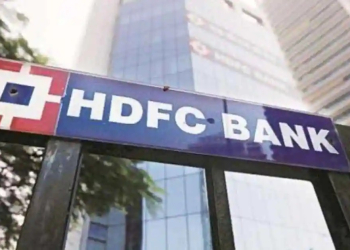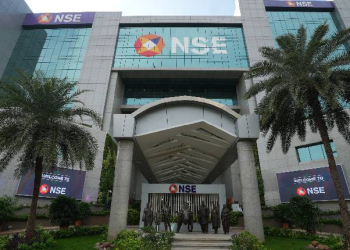New Delhi: The Reserve Bank of India (RBI), during the last meeting of its monetary policy committee (MPC) on September 30, had hiked repo rates by 50 basis points for the fourth consecutive time since May.
The aim was to tighten liquidity and tame inflation. However, inflation has still failed to come down below its tolerance band of 6 per cent.
As retail inflation in India continues to remain above the RBI’s comfort zone for the past 10 months, analysts feel that more hikes are expected in future.
Thus, all eyes are now on the next MPC meeting, which is expected to take place in December.
After four hikes, the RBI has now raised rates by a total 190 basis points since its first unscheduled mid-meeting increase in May.
“Inflation trajectory remains clouded with uncertainties arising from continuing geopolitical tensions and nervous global financial market sentiments,” RBI Governor Shaktikanta Das had said in his address after the MPC’s decision on September 30.
“In this backdrop, MPC was of the view that persistence of high inflation, necessitates further calibrated withdrawal of monetary accommodation to restrain broadening of price pressures, anchor inflation expectations and contain the second-round effects,” Das had said.
In this scenario, economists expect further hikes by the central bank.
The RBI will have to do a tight rope walk between managing inflation and sustaining economic growth momentum, a market analyst said.
Another analyst said that with the US Federal Reserve effecting aggressive rate hikes, central banks across the world too would have to follow suit and this would apply to the RBI as well.
Economists at the same time opined that RBI would have to ensure that hikes are tempered in such a way that both economic growth outlook and price rise are at an even keel.
At the same they agreed that huge rate hikes by the US Federal Reserve could force emerging economies to follow suit, i.e., to implement higher rate hikes, which may not necessarily be suitable for them.
(IANS)



















